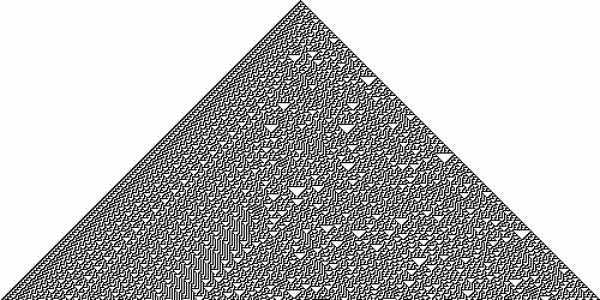In the “The Disunity of Reason” thread, Mung suggested that “the typical non-theist will insist that organisms are machines, including humans.” And there is a long tradition of mechanistic metaphysics in Western anti-theism (La Mettrie is probably the most well-known example). However, I pointed that I disagree with the claim that organisms are machines. I’m reposting my thoughts from there for our continued conversation.
A machine is a system with components or parts that can be partially isolated from the rest of the system and made to vary independently of the system in which they are embedded, but which has no causal loops that allow it to minimize the entropy produced by the system. It will generate as much or as little heat as it is designed to do, and will accumulate heat until the materials lose the properties necessary for implementing their specific functions. In other words, machines can break.
What makes organisms qualitatively different from machines is that organisms are self-regulating, far-from-equilibrium thermodynamic systems. Whereas machines are nearly always in thermodynamic equilibrium with the surrounding system, organisms are nearly always far from thermodynamic equilibrium — and they stay there. An organism at thermodynamic equilibrium with its environment is, pretty much by definition, dead.
The difference, then, is that machines require some agent to manipulate them in order to push them away from thermodynamic equilibrium. Organisms temporarily sustain themselves at far-from-equilibrium attractors in phase space — though entropy catches up with all of us in the end.
It is true that some parts of an organism can break — a bone, for example. But I worry that to produce a concept general enough that both breaking and dying are subsumed under it, one can lost sight of the specific difference that one is trying to explain.
Indeed, that’s the exact problem with Intelligent Design theory — the ID theorist says, “organisms and machines are exactly the same, except for all the differences”. Which is why the ID theorist then concludes that organisms are just really special machines — the kind of machines that only a supremely intelligent being could have made. As Fuller nicely puts it, according to ID “biology is divine technology”.

